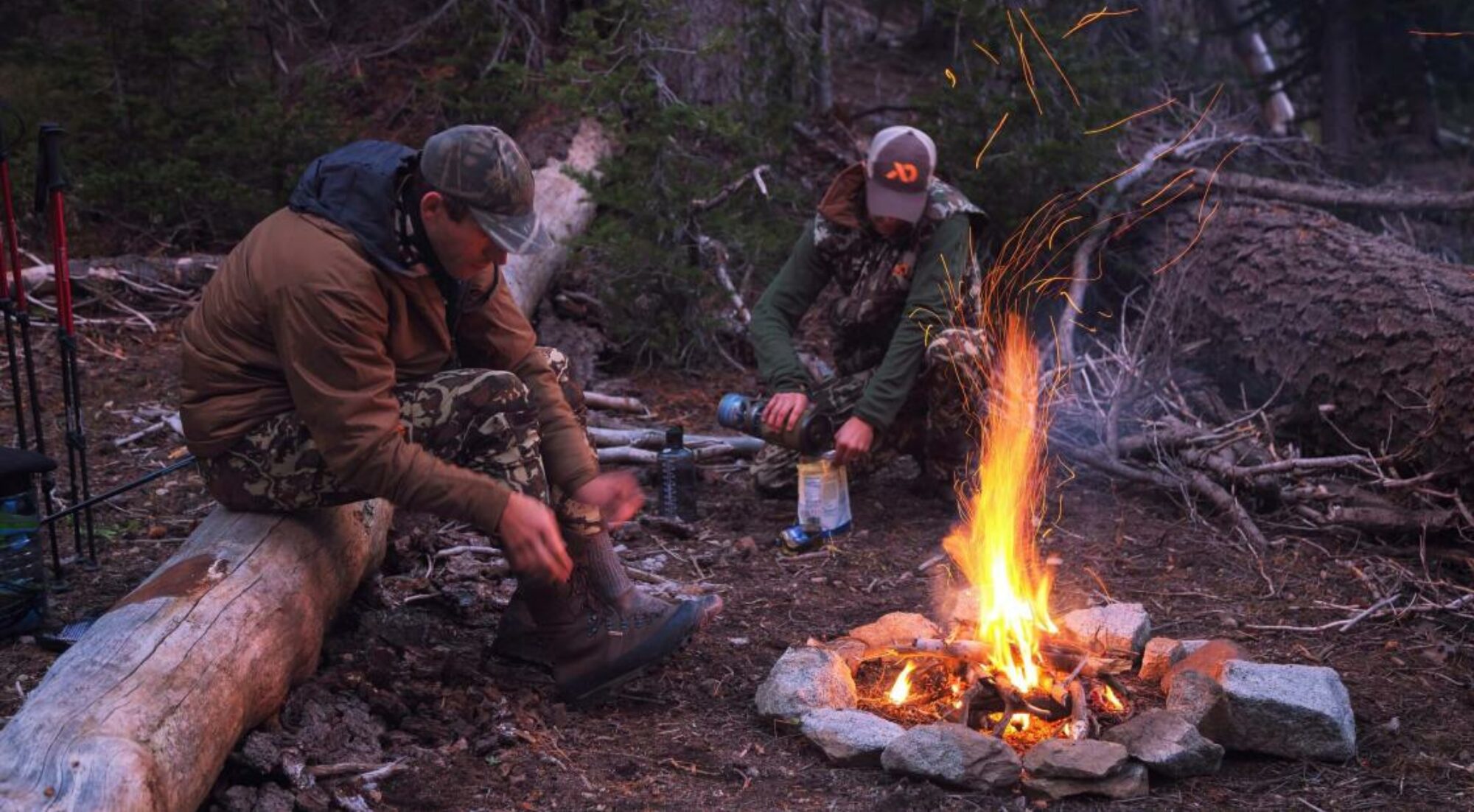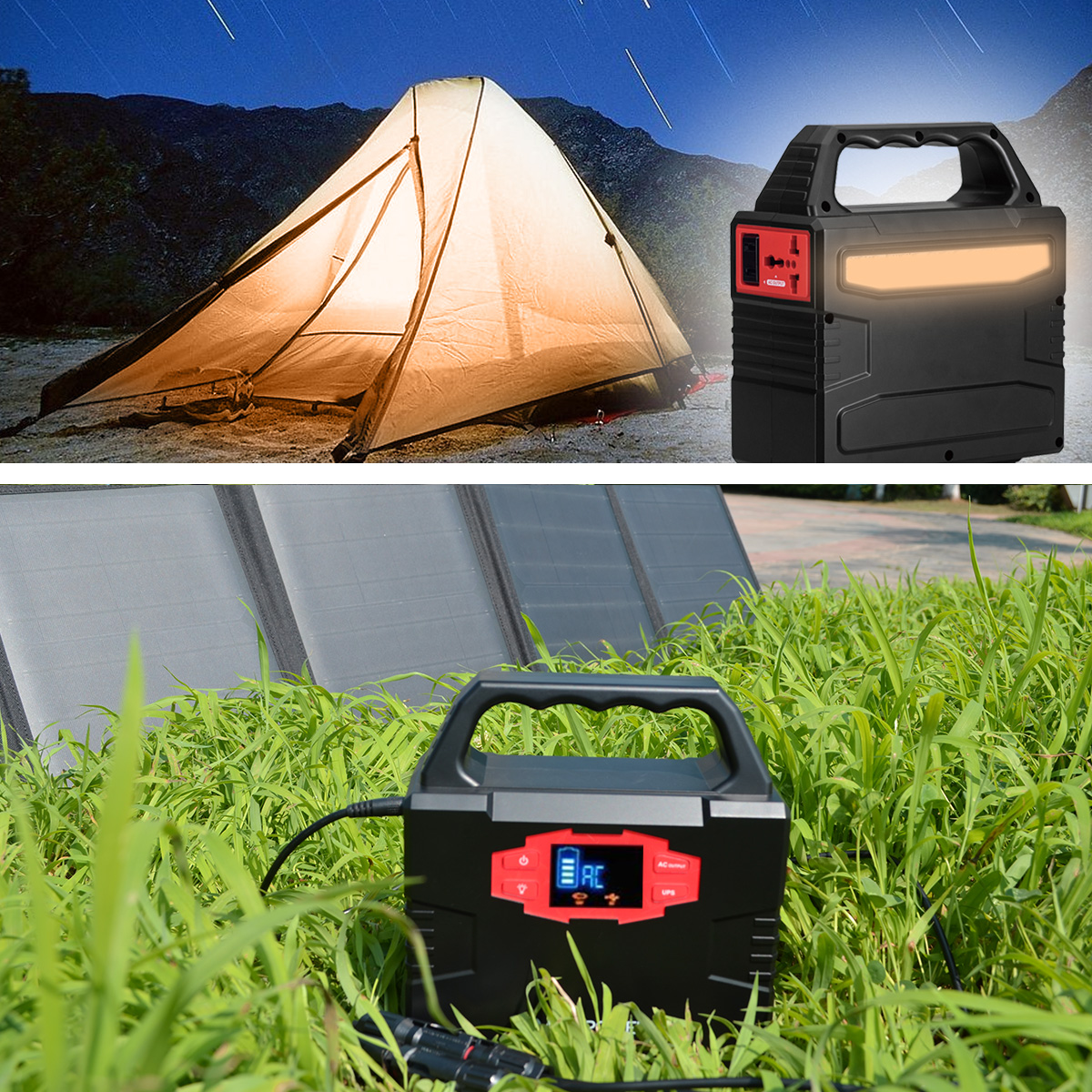Collecting seeds is a good hobby. It is even a preparedness skill. Saving for a garden in the near future or saving for hard times to come. Whichever your purpose for saving seeds might be it is a good idea to read up on the storability of each and know what you are doing. Planting a bunk seed is always disappointing. I’ve done it a few times and learned the hard way that seeds only keep for so long and that most have a germination process. From corn to melons to tomatoes, each seed is unique in size and shape. Here are some basics to Seed banks and seed storages.

Storing in your Seed bank
Most seeds may be kept in a plastic Ziploc or similar, however there are some seeds which do require a paper bag or something neutral that will let it breathe. You don’t want your seeds to get moldy. Seeds that are store bought are usually in a paper type of pouch or packaging.
Personally my wife and I keep ours in a shoe box, in bags all labeled because we get a lot of ours from the fruits and veggies we eat. I probably don’t have to explain that one to you. It’s fairly simple. Every spring we go through them all and throw away the shriveled and bad ones and every couple years we start certain seed collections completely over. Be observant and check them out a couple times a year, they are definitely not like food and won’t spoil in the same way.
We have planted bunk seeds quite a few times and we still don’t have it down perfect but we do our best. Persistence and observance is the key. Also, if you buy your gardening seeds that produce foods from a store the package should have full details on what you are planting as well as care for it.

Professional or commercial seed banks store seeds to preserve genetic diversity; hence it is a type of gene bank. Of the many reasons to store seeds, one is to preserve the genes that plant breeders need to increase yield, disease resistance, drought tolerance, nutritional quality, taste, etc. Another is to forestall the loss of genetic diversity in rare or imperiled plant species in an effort to conserve biodiversity.
Many plants that were used centuries ago by humans are used less frequently now and seed banks offer a way to preserve that historical and cultural value.
Location and conditions
Really, seeds prefer a cool dry room or closet to be stored in. A cold storage or concrete room would be the usual suspect and that is where we keep ours, along with most of our canned and dry food storage.
Other kinds of foods have to be seeded by root. Collecting roots and storing them in the proper place is semi crucial too. A root cellar needs to be cool, dark and slightly damp to help keep roots good. Proper packing material for the type of roots stored need observance. For instance, Potato storage containers can range from cardboard boxes to special baskets made of burlap.
Knowing what to plant when…

Most seeds can be planted in the spring but some seeds are picky. Some seeds grow foods that are biennials like cabbage or onions which only seed on the second year. Some have depth requirements such as carrots or beets at a quarter inch compared to spaghetti squash and zucchini at an inch.
The best time to plant all plats is during what’s called a ‘dormant season’. In North America, this is usually late fall through early spring. While it is OK to plant during the rest of the year, It will take a lot more attention and maintenance such as fertilizer and water.
Foods such as zucchini will produce almost all season long while others will take time to grow such as some melons, peppers and Tomatoes producing later in the summer or fall. Most seeds have a specific germination process and others can be varied slightly, so make sure they’re stored properly to get the best results.
Heirloom seeds
Heirloom seeds are seeds that have around a 50-year open pollination. Meaning that they have been growing and reproducing with very little or no human intervention. These seeds are always non GMO and have been growing along a genealogy of the same plant-to-seed line.
Regular store bought seeds, known as hybrid seeds, are usually produced in a greenhouse setting that is specifically designed to harvest seeds.
Heirloom seed vault from My Patriot Supply can help you get a head start on the right seeds you will need and want to start your garden or store away.
Germination prep
The exposure to cold, damp conditions is called seed stratification. It is a process of pre treating seeds in order to simulate natural conditions that a seed would experience in the soil over winter time. There are 2 types of stratification; dry and moist.
Most seeds will need this mock freeze to imitate winter in order to stimulate a germination process. You can put them in the fridge for a week or two to imitate this process before planting in soil. Some seeds require more time than that. You can usually tell which seeds need that cold period before planting because they will have a hard, bony coats that are impervious to water.
Protecting and valuing your seed vault
Having a seed storage of your own gives the sense of self-sufficiency and self-reliance. Knowing how and being able to put those seeds to use growing your own food is an even greater feeling.
Storing for seasonal or yearly use requires maintenance and a little work but pays off in the money you will save and health benefits received from eating garden fresh.
Storing for when and if SHTF? You will definitely be one who has a fighting chance if you are as prepared as you can be and seed storage will help you do just that.
I hope this article was helpful and informative in explaining some basics of seed banks and I hope to help make everyone self-reliant and as prepared as possible.
If you have any questions, comments or input please feel free to comment in the section below.



This site and topic are spot on. I have saved it in my favorites as I want to build several bug out bags for each of my vehicles as well as prepare my house for times of need. Being prepared is a smart thing to do that hopefully never has to be utilized, however it only takes a one emergency situation to be a genius, if you are prepared that is. Thanks for all the great information. I will be checking out your posts regarding solar power generation. Thanks. Dave
Thanks for your positive feedback! Stay tuned for more articles and info in the future!
Interesting article I didn.t know that seeds could be kept so long and then they still grow. I often try and grow bird seed as my birds love the shoots, but sometimes they just don’t grow. I wonder if there is any nutritional vaue in them once they don’t grow anymore?
Love the idea of having a storage vault to collect your own seeds. There is a certain satisfaction that comes from knowing that you can be self sufficient and grow your own food if you have to.